The 7 Deadly Sins of Home Renovation in Malaysia – Avoid at All Costs! | RumahHQ

Sure! Here’s a catchy introduction for your article:
Are you thinking about giving your home a facelift? Whether it’s a cozy condo in Kuala Lumpur or a charming bungalow in Penang, renovations can be super exciting – but they can also be a recipe for disaster if you’re not careful. In Malaysia, where the fusion of culture meets creativity in home design, the little mistakes can easily turn your dream project into a renovation nightmare. Today, we’re diving into the ”7 Deadly Sins of Home Renovation in Malaysia” that you’ll definitely want to steer clear of. From budget blunders to overlooking permits, these pitfalls can haunt your home for years to come. So grab a cup of teh tarik, sit back, and let’s ensure your renovation journey is smooth sailing!
—
Hope you find it useful!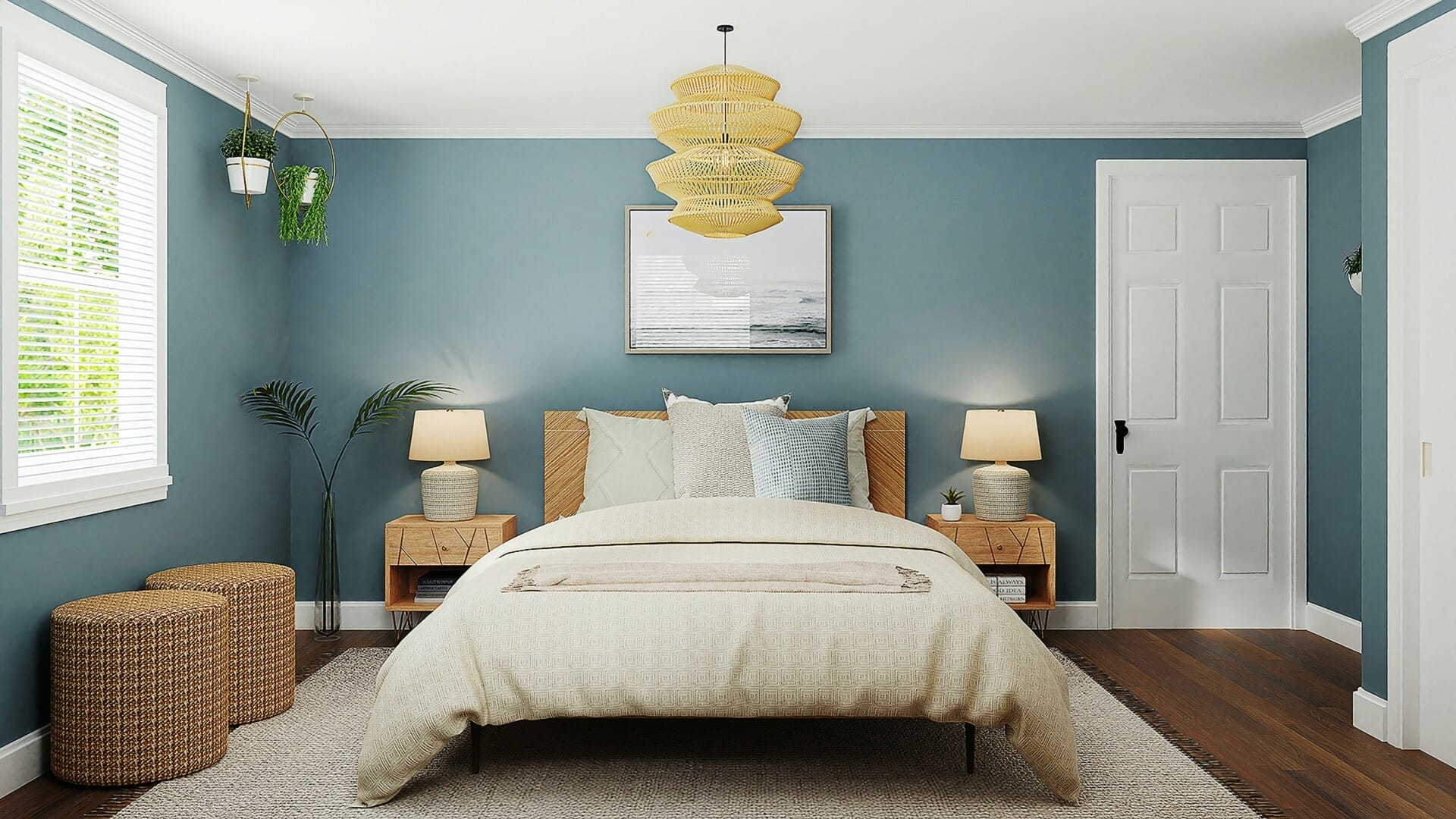
The Allure of Ignoring a Budget and Its Consequences
Ah, the thrilling rush of diving headfirst into a renovation project without a plan! It feels exhilarating, doesn’t it? Many homeowners find themselves caught up in the excitement of transforming their spaces, overwhelmed by colorful Pinterest boards and swanky home décor magazines, only to toss their budget out the window. Ignoring a budget may seem like freedom, but it can quickly lead to chaos, headaches, and unexpected expenses that haunt you later. Without clear figures in mind, it’s all too easy to get swept away by the allure of the latest trends and high-end finishes.
When the costs begin to spiral, you might find yourself making concessions you never thought you would—even cutting corners or sacrificing quality. This not only affects the project at hand but also sets a dangerous precedent for future renovations. One common mistake is underestimating the cost of essential elements. For instance, while you may dream of lavish countertops, you might overlook plumbing and electrical upgrades that need to be addressed first. Without a budget in place, you’re essentially flying blind and risking financial stress that can disrupt your peace of mind and family harmony.
Let’s not forget the consequences of a blown budget—they can linger long after the renovation dust settles. Poor financial planning may lead to unfinished projects, frustrated contractors, or even forced decisions to sell your home at a loss. It’s crucial to acknowledge how ignoring financial boundaries can spell disaster. Instead of enjoying your newly renovated home, you might find yourself grappling with mounting debt or disappointment at the quality of workmanship. Always remember, a budget isn’t just a restriction; it’s a tool that empowers you to make informed decisions and achieve the beautiful home you desire!
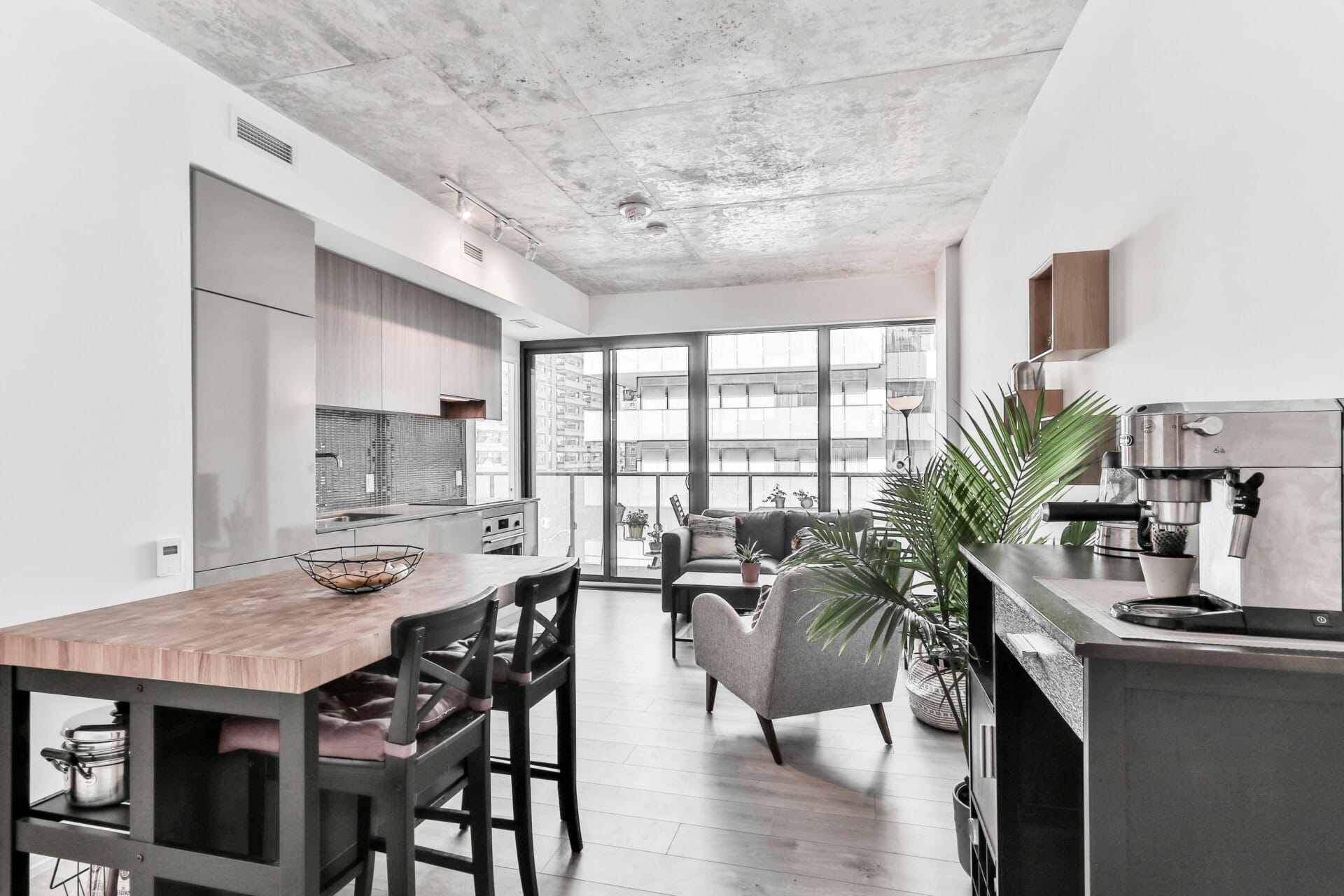
Overlooking the Importance of Detailed Planning
When diving into a home renovation project, many homeowners tend to skip over the nitty-gritty of planning. It’s like jumping into a pool without checking the water first! A clear and detailed strategy sets the foundation for a smooth renovation journey. Without this roadmap, you’re likely to encounter unexpected hiccups that can lead to spiraling costs and wasted time.
Think about the elements that make up your renovation. It’s crucial to have clarity on aspects such as:
- Budgeting: Knowing how much you can spend helps prevent financial strain.
- Design Preferences: Have a clear vision of the style and functionality you desire.
- Timeline: Establish realistic deadlines to keep the project moving.
Additionally, if you find yourself skimming through contractor selection without due diligence, it could lead to subpar work. It’s worth investing time in researching and choosing the right professionals who align with your project goals. A well-planned renovation not only translates to efficiency but also yields a result that truly fulfills your dream living space. So let’s break down a quick table of essential planning elements:
| Planning Element | Importance |
|---|---|
| Comprehensive Budget | Prevents overspending and financial surprises |
| Detailed Design Plan | Ensures aesthetic and functional alignment |
| Contractor Research | Secures quality workmanship and reliability |
| Realistic Timeline | Organizes workflow and reduces frustration |

Neglecting to Research Local Regulations and Permits
Many homeowners dive into renovation projects without fully grasping the local regulations and permits required by Malaysian law. This oversight can lead to serious consequences that could have easily been avoided. Not only can it delay your project, but it may also result in hefty fines or, worst-case scenario, forced removal of your newly built structures. It’s crucial to do your homework and understand what’s legally necessary before starting any renovation work.
Each state in Malaysia may have different requirements when it comes to renovation permits. This means that what works in Kuala Lumpur might not necessarily apply in Penang or Johor. Before hammering that first nail, take some time to investigate:
- Local Council Guidelines: Check with your local council for specific rules.
- Building Codes: Make sure your plans meet national and local safety standards.
- Permitting Process: Familiarize yourself with the application procedures and timelines.
To keep things smooth and avoid frustration, you might want to consider enlisting the help of professionals who are already familiar with these local regulations. Builders and contractors often have the inside scoop and can navigate the often tedious paperwork on your behalf. Here’s a quick guide to some common permits that may be required:
| Type of Permit | Description | Typical Cost |
|---|---|---|
| Building Permit | Required for structural changes. | RM 200 – RM 1000 |
| Renovation Permit | Needed for interior renovations. | RM 50 - RM 500 |
| Environmental Clearance | Requires assessment for impact on the environment. | RM 300 – RM 1500 |
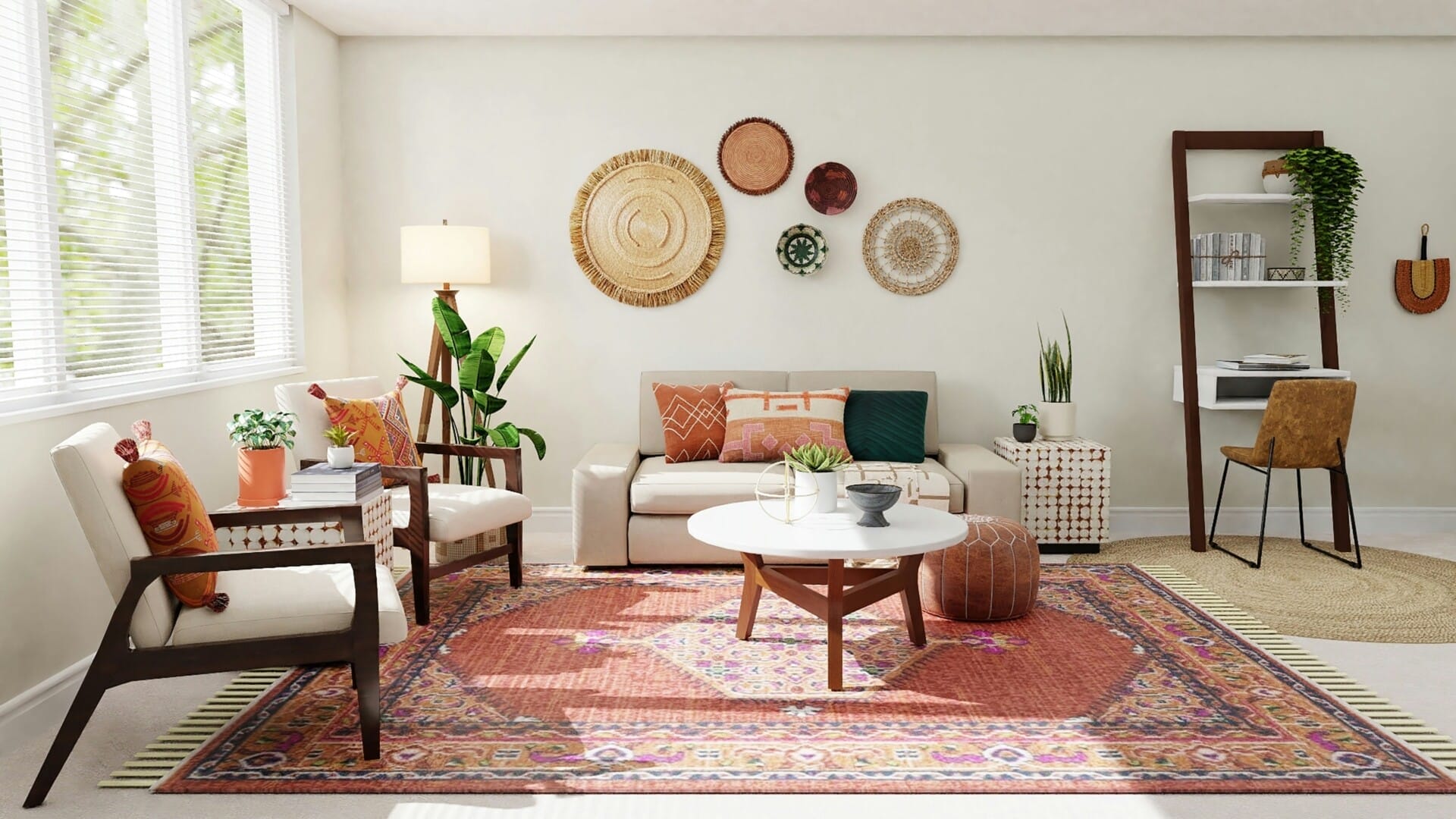
Choosing Aesthetic Trends Over Timeless Design
In the quest for that picture-perfect home, many homeowners find themselves swept away by the latest aesthetic trends. The allure of trendy designs can be hard to resist, with vibrant colors and fancy fixtures promising a chic atmosphere. However, it’s crucial to remember that these fads often come with a shelf life, leaving your home feeling outdated in just a few years. Opting for current styles over timeless designs can not only lead to extra costs but also create a mismatch in your property’s overall charm and character.
When you’re investing in renovations, consider the longevity of your choices. Timeless design elements—like classic white kitchens, neutral palettes, and natural materials—tend to withstand the test of time. They provide a sense of stability, making your space feel warm and inviting for years to come. On the contrary, jumping aboard the latest trendy bandwagon could render your home a relic of yesterday’s fashion, making it harder to sell or adapt in the future.
To help you visualize the impact of your design choices, here’s a simple comparison:
| Design Choice | Longevity | Cost-Effectiveness |
|---|---|---|
| Trendy Colors | 2-3 years | Higher long-term costs |
| Classic Neutrals | 10+ years | More economical |
| Novelty Fixtures | 1-5 years | Frequents replacements |
| Timeless Materials | 15+ years | Durable and sustainable |
Embracing timeless design over fleeting trends can make all the difference in creating a living space that’s not only beautiful but also functional. When planning your renovation, think long-term: your home should reflect you but also stand the test of time. Rather than following the latest fads, consider investing in design choices that will maintain their appeal and value, allowing your home to age gracefully with you.
Ignoring the Value of Quality Materials and Craftsmanship
When diving into home renovations, it can be tempting to cut corners to save a quick buck. Many homeowners overlook the critical role that quality materials and craftsmanship play in transforming their living spaces. While the allure of cheaper options might be strong, opting for subpar materials can lead to disastrous results in both aesthetics and durability. Consider investing in premium supplies; they not only enhance the appeal of your home but also ensure longevity and reduce future renovation costs.
In the bustling city life of Malaysia, an impressive home is often a reflection of one’s lifestyle. Rushing through projects just to get them done might result in a place that falls apart sooner than expected. Here are some materials worth considering for your renovation:
- Solid Wood: Timeless and sturdy, perfect for flooring and cabinetry.
- High-Quality Tiles: Durable and aesthetically versatile for both kitchens and bathrooms.
- Energy-Efficient Windows: Saves costs on electricity bills while boosting comfort.
Now, let’s talk about craftsmanship, as it goes hand-in-hand with materials. A skilled craftsman knows how to manipulate these materials to create breathtaking spaces that tell a story. You may think that saving costs by hiring less experienced labor can pay off, but the reality is far from that. Poor craftsmanship often results in hidden flaws that emerge after the job is completed. Check out this comparison table to see how quality workmanship can influence your renovation outcome:
| Factor | Quality Craftsmanship | Poor Craftsmanship |
|---|---|---|
| Durability | Long-lasting, withstands wear | Frequent repairs needed |
| Aesthetic Appeal | Refined finish, enhances beauty | Inconsistent, often unattractive |
| Property Value | Increases value significantly | May lower market value |
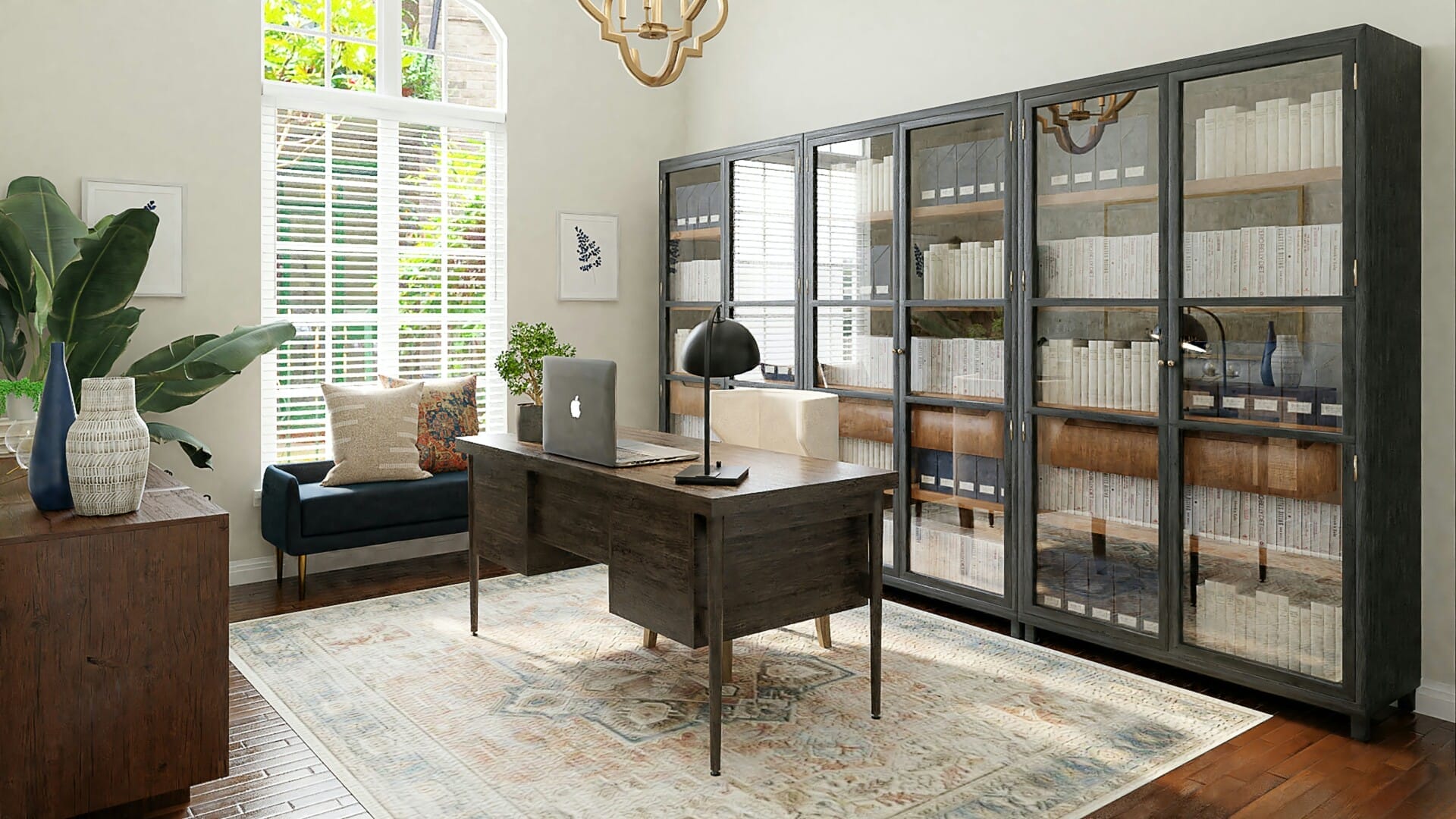
Disregarding the Impact of Inadequate Hiring Practices
When it comes to home renovation in Malaysia, inadequate hiring practices can lead to a cascade of issues that may haunt you long after the project is completed. Many homeowners are tempted to go for the cheapest option or even rely on recommendations from friends without doing thorough research. This approach often disregards the necessity of hiring qualified professionals who possess the requisite skills and experience. The consequences can be dire, from poor workmanship to the use of substandard materials, leaving you with a renovation that fails to meet your expectations.
Imagine investing your hard-earned money into a gorgeous new kitchen only to discover that the cabinets are poorly installed, or worse, that they warp in the humidity. This kind of scenario isn’t uncommon when you skip the vetting process for contractors. Trust me, taking the time to verify credentials, check reviews, and gauge past project completions can save you a mountain of stress. Here are some key points to consider:
- Verify Licenses: Ensure that your contractor has the proper licenses and certifications.
- Review Previous Work: Look for projects similar to yours and assess the quality and finish.
- Ask for References: Talk to previous clients to get a sense of their experience.
It might be tempting to skip these steps due to time constraints or the lure of a quick, easy process, but the reality is that rushing the hiring phase can lead to regrettable decisions. Picture this: a renovation project that is riddled with issues, leading to even more expenses down the line as you try to correct mistakes. In fact, many homeowners find themselves in a position where they have to pay a second time to fix problems that arose from inadequate hiring practices. To illustrate this point, consider the following:
| Common Issues | Potential Costs |
|---|---|
| Poor Electrical Work | RM 2,000+ |
| Water Damage from Improper Plumbing | RM 5,000+ |
| Structural Problems | RM 10,000+ |
the impact of inadequate hiring practices can ripple through your entire renovation experience, leading to frustration, exaggerated costs, and a finished product that simply doesn’t feel right. It’s crucial to approach the hiring process with diligence and patience. Remember, your home is a sanctuary—you deserve a space that truly reflects your vision without the headache of cut corners. Don’t let the lure of a quick fix turn your dream into a renovation nightmare.
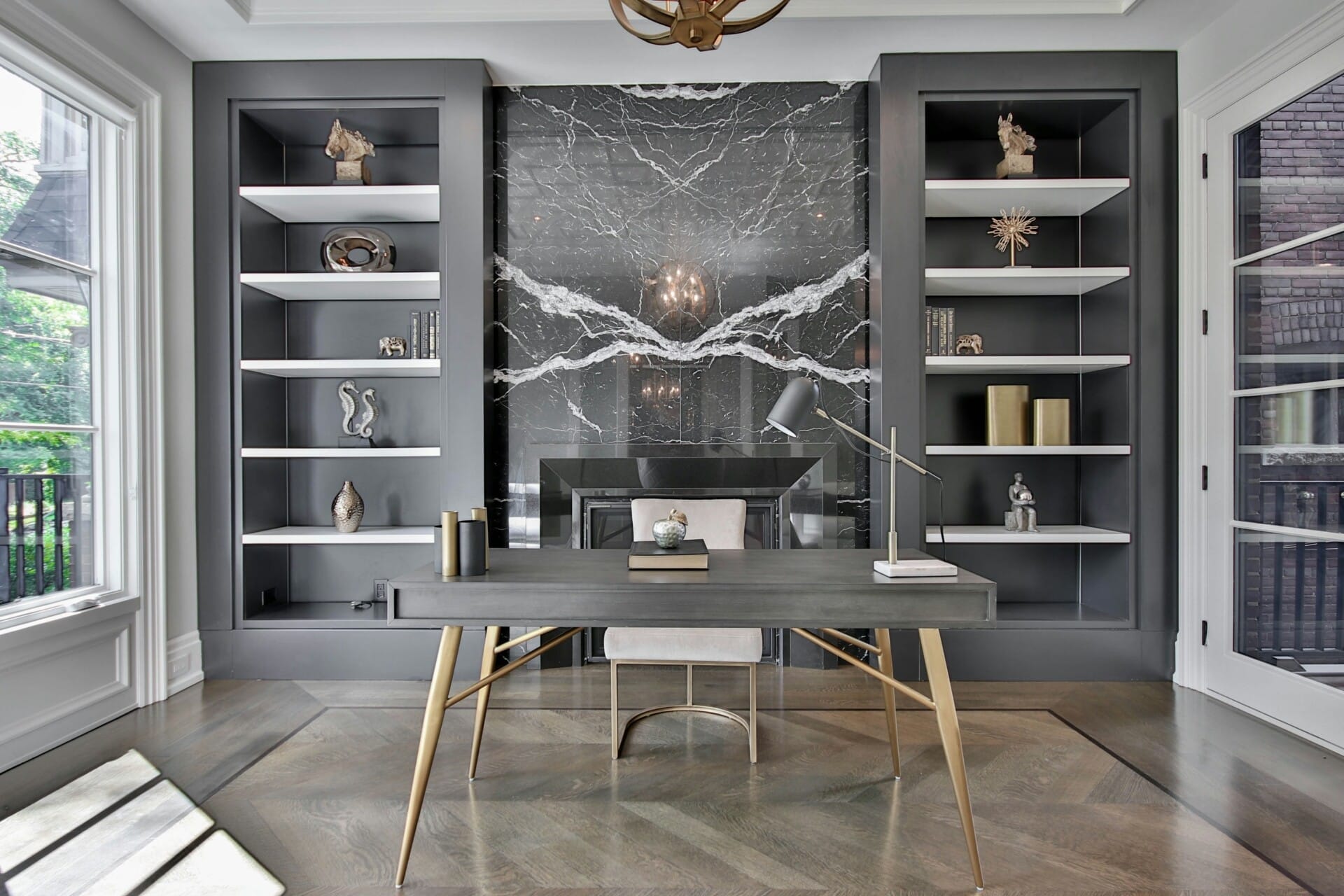
Skipping the Essential Step of Communication and Feedback
In the fast-paced world of home renovation, skipping the vital steps of communication and feedback can lead to endless headaches. Many homeowners dive headfirst into projects, eager to see their vision come to life, without properly articulating their expectations or concerns to contractors and designers. This lack of clarity can breed misunderstandings, which in turn, can morph a dream renovation into a nightmare.
Ensuring open lines of communication means actively discussing your ideas and preferences throughout the renovation process. Don’t assume that your contractor can read your mind! Make your desires crystal clear and don’t hesitate to provide feedback as the work progresses. Consider keeping a renovation journal or using digital tools to track changes and note down questions that arise. Some key points to communicate include:
- Your budget constraints: Be upfront about what you can and cannot afford.
- Your design inspirations: Share images or styles that resonate with you.
- Timeline expectations: Make sure everyone is on the same page regarding deadlines.
- Material choices: Specify any preferred brands, colors, or finishes.
Moreover, feedback shouldn’t be a one-way street. Encourage your contractor to share their insights, suggestions, and concerns as well. A collaborative approach fosters a healthier working relationship and can lead to a smoother execution of the renovation. Below is a quick table summarizing crucial aspects of maintaining effective communication:
| Communication Aspect | Actions to Take |
|---|---|
| Regular Updates | Schedule weekly check-ins to review progress. |
| Document Everything | Keep written records of agreements and changes. |
| Immediate Feedback | Don’t wait until the end; address issues as they arise. |
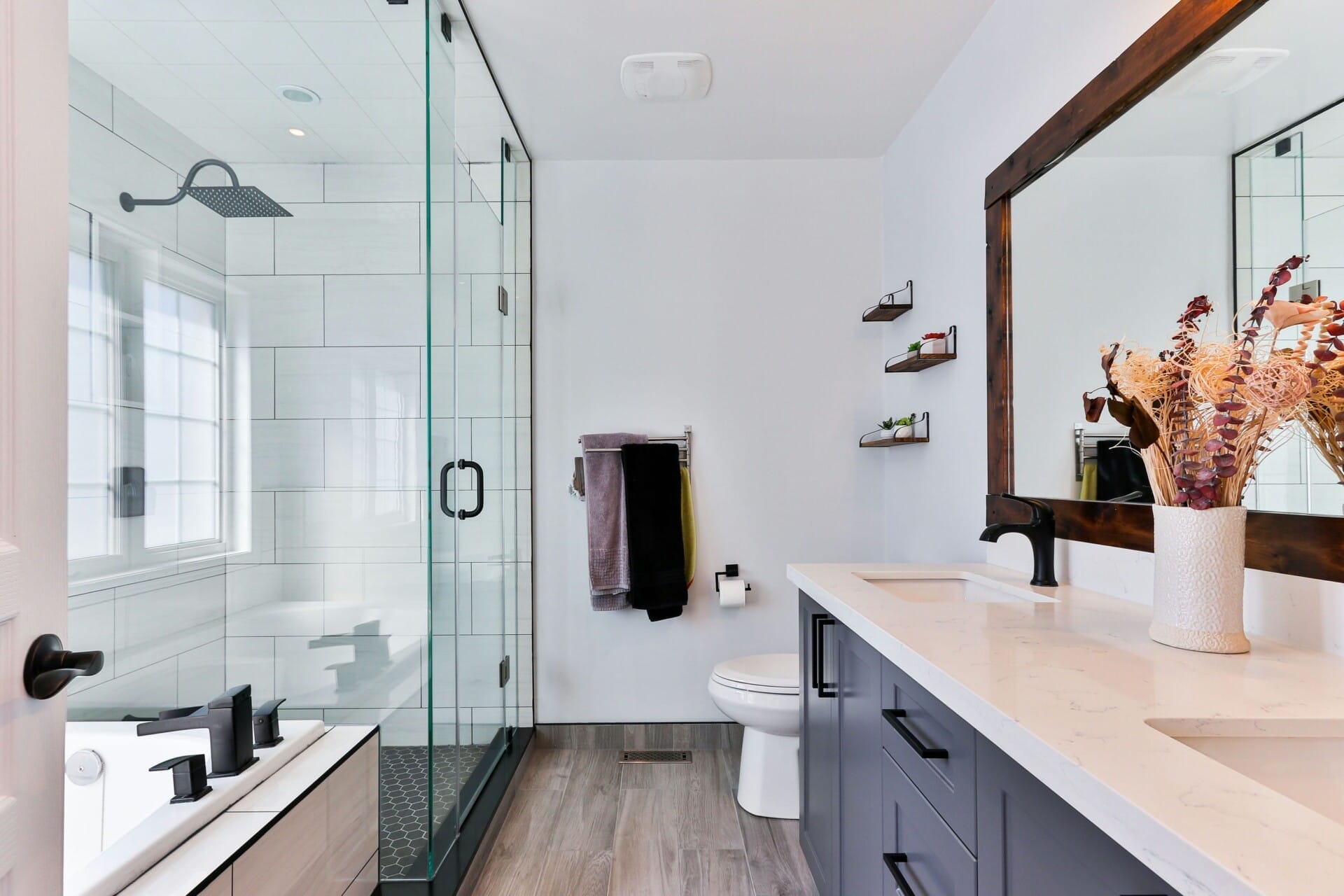
Underestimating the Need for Proper Project Management
One of the biggest pitfalls homeowners run into during their renovation journey is not recognizing the importance of a solid project management strategy. Planning a home renovation isn’t just about picking out fancy tiles or choosing paint colors; it’s about keeping everything organized and on schedule. When you skim over this critical aspect, you might find that your renovation dreams turn into a chaotic reality. Staying on top of timelines, budgets, and communication between contractors can make or break your project.
Too often, people dive headfirst into renovations without a clear roadmap. This lack of guidance can lead to a series of unexpected costs and delays. For instance, a simple plumbing issue can snowball if it’s not addressed promptly or if miscommunication occurs between different trades. Setting up a project management plan helps in anticipating hurdles, ensuring that everyone is aligned and that deadlines are met. Without this foresight, you might end up dealing with multiple setbacks and an extended timeline that drains not only your wallet but your patience.
To keep your renovation on track, consider implementing the following practices:
- Set clear objectives: Know exactly what you want to achieve.
- Draft a timeline: Outline each phase and stick to it.
- Create a budget: Allocate funds for each aspect and include a buffer for unforeseen expenses.
- Regular check-ins: Establish consistent communication with your contractors to stay in the loop.
In Conclusion
And there you have it, folks—our deep dive into the 7 Deadly Sins of home renovation in Malaysia! 🎉 By keeping these pitfalls in mind, you can save yourself a whole lot of time, money, and unnecessary headaches. Remember, a successful renovation is all about planning and knowing what to avoid.
So, whether you’re dreaming of a cozy living room or a chic kitchen, make sure you’re armed with the right knowledge to turn your vision into reality. After all, your home should be a sanctuary, not a stress zone.
Take the advice we’ve shared, learn from the experiences of others, and don’t be afraid to ask for help when you need it. With a little patience and creativity, your renovation journey can turn out to be a rewarding adventure, rather than a horror story. Happy renovating, Malaysia! ✨🏡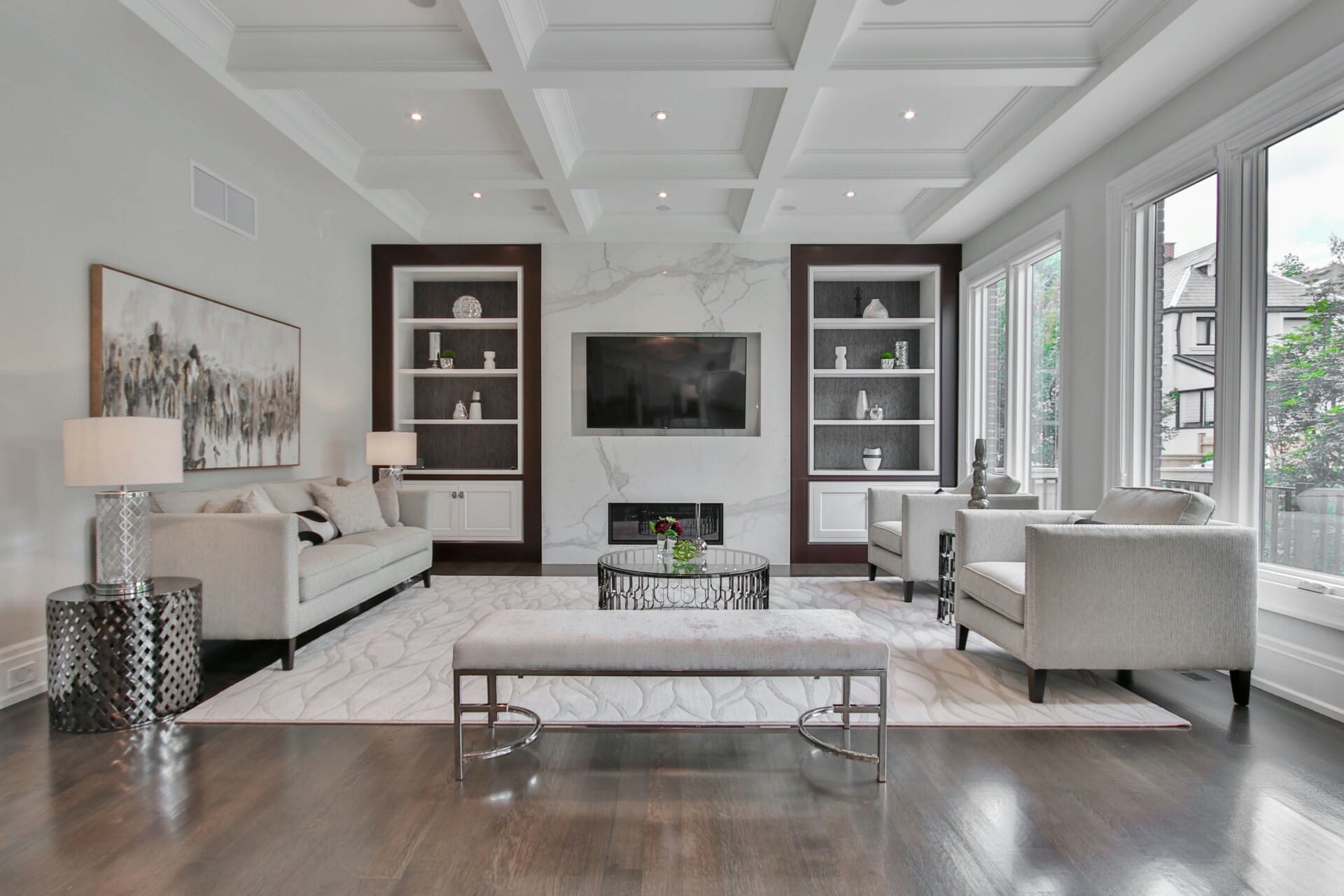
kontraktor rumah
bina rumah
pinjaman lppsa
pengeluaran kwsp
spesifikasi rumah
rumah batu-bata
pelan rumah
rekabentuk rumah
bina rumah atas tanah sendiri
kontraktor rumah selangor
rumah banglo
Source link











